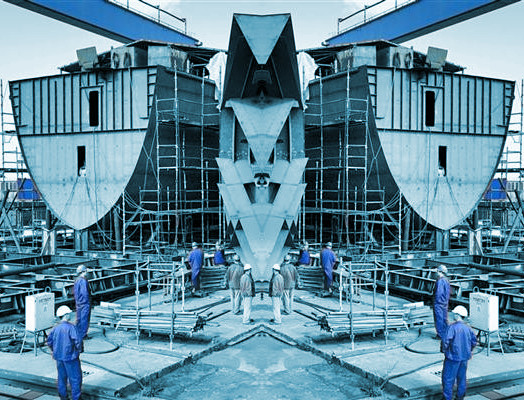Big ship spend detailed
 Australia’s latest defence plan promises billions in spending and thousands of jobs.
Australia’s latest defence plan promises billions in spending and thousands of jobs.
The Federal Government has announced plans to establish a new Defence Precinct at Western Australia’s Henderson shipyard.
The project is aimed at boosting the nation's naval shipbuilding capacity and creating a hub for nuclear-powered submarine maintenance under the AUKUS agreement.
The move, framed as a “game changer” for Western Australia's economy, is projected to generate about 10,000 jobs over the next two decades.
Prime Minister Anthony Albanese and Deputy Prime Minister Richard Marles, in a joint media statement, described the spending as the most significant defence investment in the state since HMAS Stirling's commissioning in the late 1970s.
The precinct is seen as crucial for the continuous shipbuilding of landing craft and frigates for the Australian Army and Navy.
The precinct will also serve as a depot for the maintenance of Australia's future nuclear-powered submarines, with up to 3,000 additional jobs created for this purpose.
This comes alongside $8 billion already committed to expanding HMAS Stirling in Rockingham, which will be home to Submarine Rotational Force-West by 2027.
US and UK nuclear-powered submarines should start rotating through HMAS Stirling as part of AUKUS.
Despite the strong claims of economic and strategic benefits, concerns remain.
The opposition has criticised the $127 million initial investment as insufficient, with shadow defence minister Andrew Hastie arguing that the government is delaying meaningful work.
Industry estimates suggest that the full cost of infrastructure at Henderson could reach between $12 billion and $20 billion.
Western Australian Premier Roger Cook has emphasised the economic potential, claiming that the new defence industry would rival the state’s dominant resources sector.
Cook stressed that this initiative would diversify the state’s economy and position Western Australia as a key player in Australia’s defence industry.
As part of the cooperation agreement between the federal and state governments, efforts will also focus on developing a skilled workforce, with local training programs planned.
However, the reliance on skilled workers from outside the state has been acknowledged, with interstate migration and specific training initiatives expected to fill the gaps.
The Henderson shipyard will also play a critical role in the construction of general-purpose frigates under Project Sea 3000, which was launched following a review of the Navy’s surface fleet.
Although initial vessels will be built overseas, the Henderson site will ramp up domestic production to meet delivery timelines by 2029.







 Print
Print


